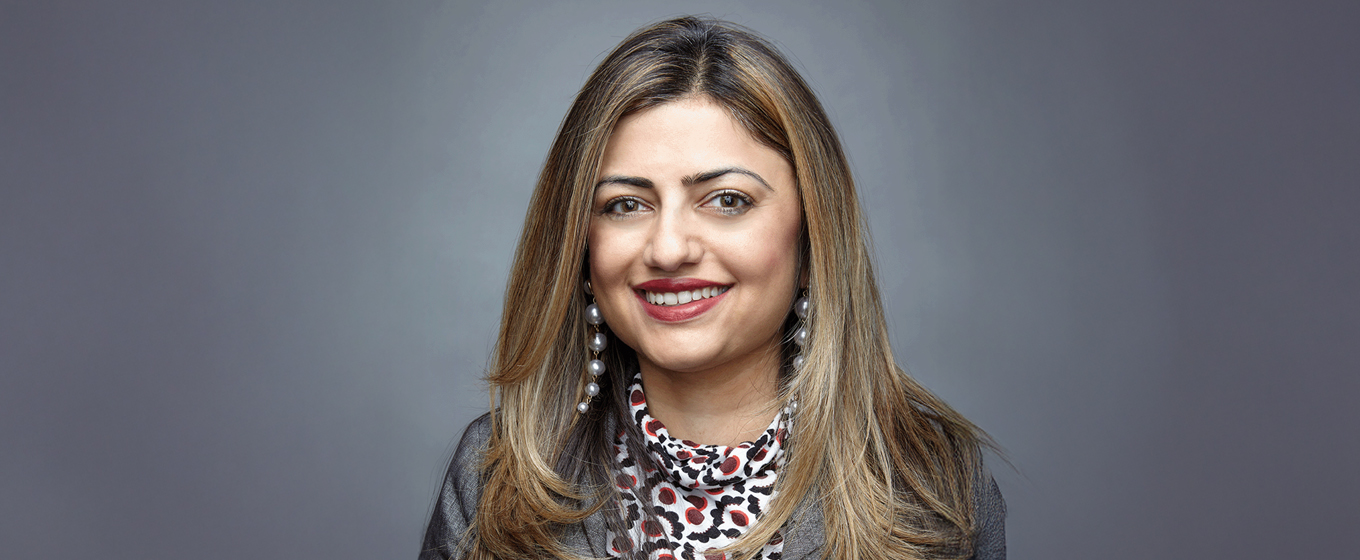Future-proofing Higher Education: Navigating technological disruption, global competition, and evolving student expectations

What will the classroom of the future look like?
To meet the demands of a rapidly evolving world, future classrooms must become inclusive, agile ecosystems that transcend physical and cultural boundaries. By combining human – centred learning with digital innovation, institutions can cultivate global awareness, adaptability, and purpose. Picture a learning environment that empowers every student: where technology enhances, not replaces, connection, and education becomes a lifelong platform for impact, equity, and transformation.
You have often spoken about the transformative power of higher education on individuals and communities. In your view, how will the classroom of the future harness this transformative potential, particularly in a world increasingly influenced by technology and global challenges?
The transformative power of higher education will only continue to expand – provided we recognise and embrace the evolution of the classroom. The ways in which instruction is delivered, and the types of higher education being pursued, are diversifying rapidly. Adult learners, degree completers, corporate upskilling programmes, virtual modalities, fast-paced credential and certificate programmes, and non-traditional baccalaureate and associate degrees all represent the broadening landscape. The classroom of the future must cater to this diverse, global population – one that is growing rapidly and increasingly expects access to education without the barriers of location.
Having moved from India to the US, you have first-hand experience of international education. How do you see the future of international student marketing and recruitment evolving, especially in the face of increasing competition among universities and the shifting dynamics of global mobility?
I see the future offering more opportunities and options for international students – whether that means pursuing global education from their home countries or traveling across continents to study. From a marketing and recruitment standpoint, we must recognise that for these students, the world is their oyster. The competition is no longer just among institutions, but among countries themselves, making factors like global rankings increasingly influential. Additionally, pathway programmes between countries present opportunities for more collaborative, less competitive approaches to international education. As stewards of educational values, it is incumbent upon us to provide opportunities to all students, regardless of any barriers to access – whether they be financial, political, or geographical.
With your expertise in innovative communication, how can universities improve their marketing strategies to attract students in the digital/AI age? How should universities engage with prospective students from diverse cultural backgrounds?
Digital advancements, including AI, should be seen as tools that make marketing and communications more efficient – without compromising the authenticity of the university’s brand personality, value propositions, and core values. When engaging with students from diverse cultural backgrounds, universities should adopt a “glocal” approach – one that blends global messaging with sensitivity to local cultures, beliefs, and values. The key lies in identifying which aspects of the global brand resonate locally while ensuring alignment with the university’s ethos.
Higher education is at a crossroads, with rapid technological advancements, shifting student demographics, and changing societal expectations. From your perspective, what are the biggest challenges and opportunities that higher education institutions are likely to face over the next ten years, and how can they adapt to continue providing transformative education in this evolving landscape?
Higher education has always faced both challenges and opportunities, and with digital transformation, changing demographics, and evolving societal expectations, this reality is now more constant than exceptional. Institutions must find ways to be nimbler; we witnessed this adaptability during the pandemic pivot – it can be done. The true test will be sustaining a culture of innovation and responsiveness while keeping pace with continuous change. Ultimately, the future of higher education’s sustainability and longevity will depend on its ability to adapt without losing its transformative essence.

